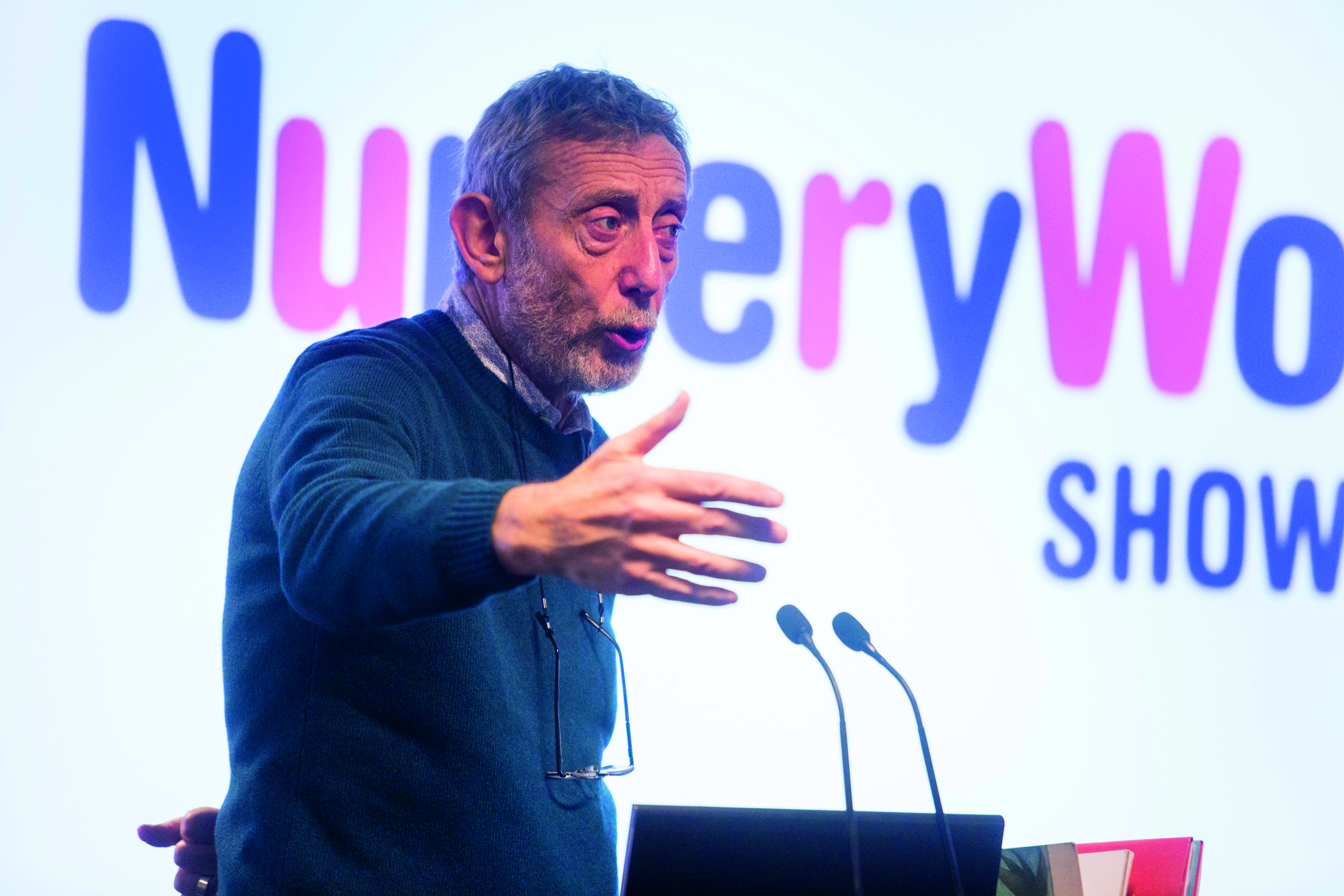
Rhymes are well known to help children’s language skills, but neuro-musical evidence suggests that there is much advantage to be gained from adding music and movement too.
RHYMES
Nursery rhymes are a valuable part of language development in early years, providing the repetition required to develop the neural networks associated with language processing. Lullabies, nursery rhymes and traditional songs carry a special ‘signature’ of melodies and inflections which helps prepare babies’ ears, voices and brains for language. Regular opportunities to hear these songs and rhymes will support development of auditory processing skills and matching syllable beat patterns to language, which support reading and writing.
Studies have revealed music and movement also play a valuable part in developing early literacy skills. Adding recorded music, singing, keeping the beat and dance to rhyme time gives us an even more powerful learning and development tool.
RHYTHMIC AWARENESS
Encouraging children to move in time to music helps them develop a sense of rhythm which further consolidates the learning of the patterns and order of language sounds. Music encourages movement, and together they stimulate the brain connections between the auditory, visual and motor cortices: the building of bigger, better brains.
Timing is an important aspect of learning to read – an awareness of sound segments needs anticipation of breaks in language sounds. When melody and lyrics are in harmony (syllables and notes matched), the music reinforces the elements of language which children need to be aware of. Adding movement reinforces the rhythms in language.
MUSIC, MOVEMENT AND MEMORY
Kinaesthetic learning – learning by doing – often helps to embed memory. Music is motoric – it incites us to move; children love to dance, stamp, march, skip and bob up and down to musical sounds. When tasks become automatic – when we can almost undertake a physical task without thinking about what we are doing – we use ‘muscle memory’. Young children need to develop muscle memory by learning to move, balance and perform fine and gross motor skills, without thinking.
ACTIVITIES:
- Play recorded music of different genres and encourage freestyle dancing
- Use instrumental versions of action songs like ‘head, shoulders, knees and toes’ so they can use memory to add words and actions
- Watch some dance videos and see how the children respond. Copy the moves yourself and see how they join in.
- Work out some simple dance routines to recorded action songs; for example: marching band music for marching; reggae for swaying or bobbing; simple dance routines to pop music; and classical music for self-expression through movement.
Michael Rosen: making poetry ‘portable’
 ‘At the risk of repeating the excellent thoughts and ideas in this article, I have always been a strong believer in combining words with sounds, music and movement. I say “believer”; it’s what I practise in every show that I’ve done over what is now nearly 50 years of performing in schools, libraries and festivals. It becomes clear to me every time that I perform how easy it is for children to “grab” sequences of words, phrases, verses, whole poems and songs when they’re combined with movement and tonality of various kinds. This makes poetry and song “portable”. We practitioners become transmitters of language, passing on the thoughts, ideas and feelings embedded in the poems and songs. The children then become the owners of what we’ve given them and quite often then become transmitters and – importantly – changers of what they have learned. They make up new poems and songs based on what we have taught them.’
‘At the risk of repeating the excellent thoughts and ideas in this article, I have always been a strong believer in combining words with sounds, music and movement. I say “believer”; it’s what I practise in every show that I’ve done over what is now nearly 50 years of performing in schools, libraries and festivals. It becomes clear to me every time that I perform how easy it is for children to “grab” sequences of words, phrases, verses, whole poems and songs when they’re combined with movement and tonality of various kinds. This makes poetry and song “portable”. We practitioners become transmitters of language, passing on the thoughts, ideas and feelings embedded in the poems and songs. The children then become the owners of what we’ve given them and quite often then become transmitters and – importantly – changers of what they have learned. They make up new poems and songs based on what we have taught them.’
BOOGIE MITES CORE MUSIC PROGRAMMES
- School Ready Music Programme (3-5 years), https://bit.ly/3qqSO2G
- Minis Music Programme (2-3 years), https://bit.ly/3RZePBr
- Teenies Music Programme (crawlers to 2 years), https://bit.ly/3RtEZMJ
Boogie Mites has set some poems and nonsense rhymes by Michael Rosen to music and movement. You can access Hip Hap Happy at: https://bit.ly/3fO6yST
Nursery World readers can claim a 20% discount on Boogie Mites to December. Use ‘BMNW20%’ discount at the checkout.









